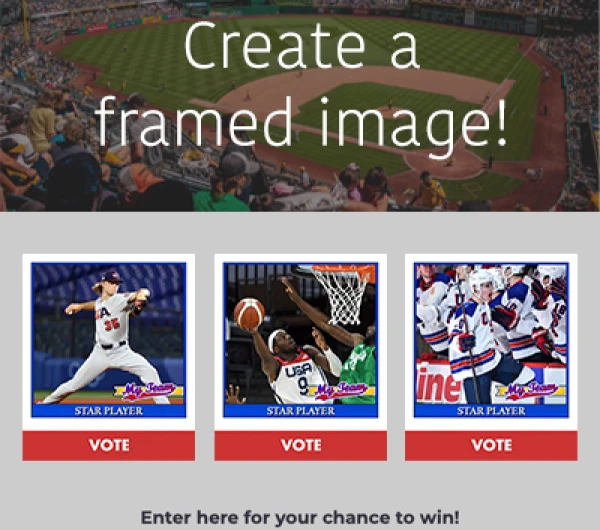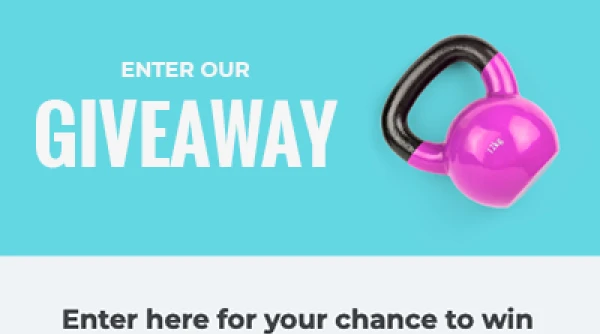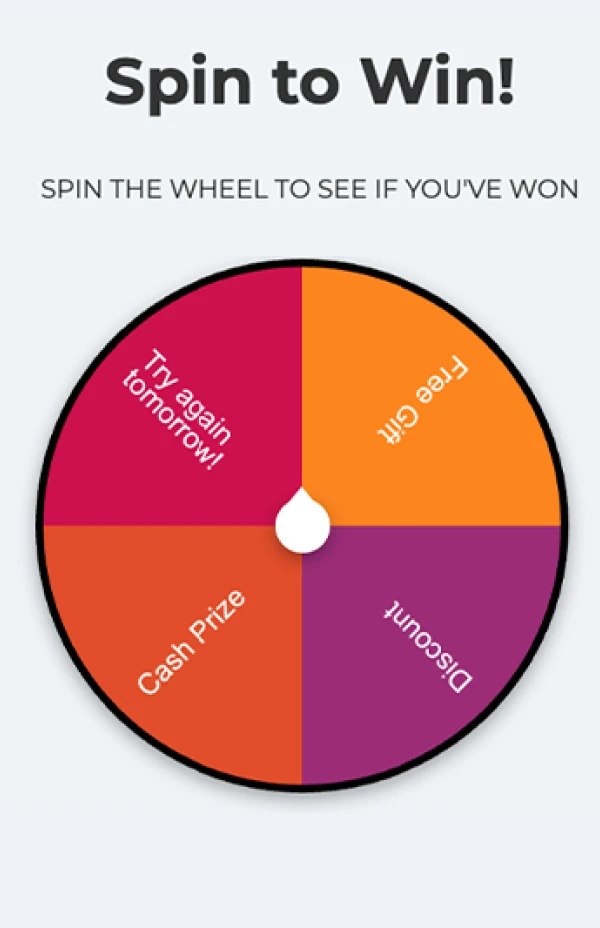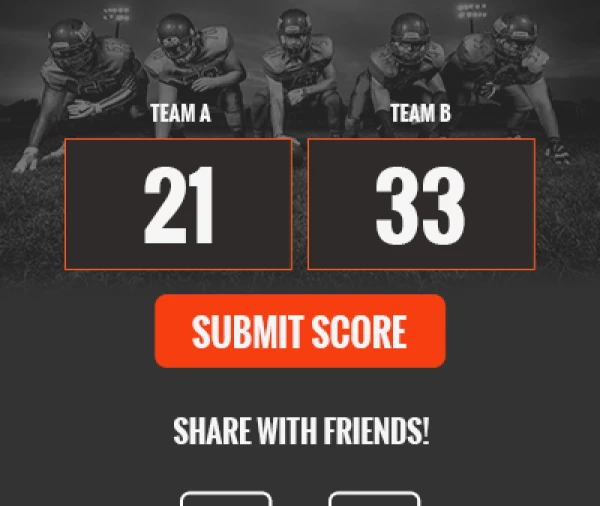It’s a little crazy to think about, but any action you take online is tracked - a Google search, a link click, a scroll past a Facebook post - and every event is tallied and delivered up in neatly curated graphs and charts for businesses to oogle over.In most cases, this is great! Businesses can take a deep dive into understanding who their customers are, how people are interacting with them online, and how they’re being discovered.But, too often, businesses fall victim to the allure of vanity metrics - metrics that look good, but have no actual tangible value. (I’m looking at you, Facebook Likes!)
Too often, businesses fall victim to the allure of vanity metrics - metrics that look good, but have no actual tangible value.
To be fair, any metric can be a vanity metric, and all data can be valuable, but the danger of vanity metrics is when businesses put forth dollars and effort to boost these metrics. For example, if you’re working really hard to get views on your YouTube videos, if those viewers aren’t turning into customers, you’re selling yourself short.In our office, the only metric that really matters is purchases. A purchase means “money in the bank” and, after all, that’s the real goal for most businesses, right?In this blog post, we’ll be focusing on how to invest your ad dollars to help you get more purchases - not just Likes, or retweets, or views - which attributes to actual dollars in the bank.Then, we’ll talk about a strategy that will help you maximize your ad spend so you get the most dollars in the bank from the money you spend.
First, figure out what works best for your business.
A few years back, our office attended a pretty popular social media marketing conference ripe with (what we thought) conversion potential. We doubled down and sent a big team, spending a large sum of money hosting and attending conference events. Even with a few hot leads on the hook, when it was all said and done, can you guess how many actual sign ups we had? Zero. Not one person actually converted to a paid subscription with our company.We spent a pretty penny advertising at that conference. If we had spent that same amount of money on a different advertising channel, such as Google Ads, it would most likely have returned dozens of paid subscribers.What we learned from this, is that our product has to speak for itself - through demos, live examples and case studies - rather than be mentioned over a drink at a networking event. This may be the opposite for you. But, the moral of the story is - test a few different strategies before doubling down with your ad dollars.
Some popular ad strategies to test out:
Pay-Per-Click (PPC)
Google Ads is the most popular tool for PPC marketing, though there are others out there. You’ve undoubtedly seen the first few results that appear at the top of your Google search with the little “Ad” tag next to them. These businesses have paid Google to display their site every time a specific term is searched for. Google Ads offers the added benefit of showing you the type of search results that pay for your product or service vs. those that don’t. For example, we know that both “contest builder” and “Facebook contest” will display a search result for ShortStack, but the person searching for “contest builder” is far more likely to subscribe.
Social Media Ads
Facebook Ads Manager is a robust tool that allows you to build custom audiences. There are loads of benefits to advertising through Ads Manager, including the variety of ads you can build. Facebook makes it really easy to build a slideshow, a carousel of images that can be swiped through, and even a video. Since Facebook purchased Instagram back in 2012, you can run ads in your Facebook and Instagram profiles simultaneously by merely checking a box. Lastly, Facebook will optimize your ad campaigns based on an event you select. For instance, if you select “purchase,” you’ll see how many people convert from the ads you’ve run.

Twitter and LinkedIn also offer paid ads. If you find you get the most engagement on one of these platforms, odds are your ads will do best there too.
Retargeting Ads
You can be a true mastermind when strategizing your ad approach. Retargeting ads are ads that reach out to those who have already engaged with your business in some way. This engagement can be as simple as clicking on your website or adding an item to a shopping cart.Some businesses go as far as creating a retargeting ad for every page of their website. For example, if someone visited and abandoned on the pricing page, they’d later see a retargeting ad specifically addressing their product’s cost and maybe offering a discount code.This infographic by Marketing Mojo does a great job of explaining the retargeting method.
Affiliate Marketing
Affiliate marketing is a popular and often successful ad strategy because it’s a win-win for you and your referrers. Every time an account holder or website brings you new business, they’ll get a little kickback. This has been hugely successful for our business and allows our best customers to be our best marketers. It could be a great strategy for your business as well.These are merely a handful of the dozens of ways in which ad dollars can be spent. Check out this post to get a bit more detail on the various methods of online advertising.
Maximize your ad spend with a comprehensive conversion funnel.
The secret to maximizing ad spend is to think about your ads within a larger context, namely, as part of a comprehensive conversion funnel. A conversion funnel is designed to take a prospective customer from the point of discovering your business to making a purchase. For example, an online ad would be considered the top of the funnel, whereas a purchase screen or online store would be the bottom.

If your product is something simple, for example, a funny coffee mug, a simple two-step conversion funnel may be all you need. This might consist of an ad displaying the mug (i.e. a funnel “top”) with a link to an online store where it can be purchased (i.e. a funnel “bottom”). But if your product is more complex, you’ll need a bigger funnel. Namely, you’ll need a “middle”.
How to build a conversion funnel.
When building a multi-step conversion funnel, you’ll want to start with this middle portion. You’ll need something that will drive a broad range of traffic to the final purchase. A blog post, landing page, or an ebook are a few examples. However, the best “middle funnel” is an interactive marketing campaign.An interactive marketing campaign is something your potential customers can interact with, such as a contest, quiz, giveaway, or even a discount reveal. Using one or more of these as your middle funnel has a list of advantages:
- They drive lots of traffic, resulting in clicks on your ad and filling the top of your funnel.
- They collect invaluable data like email addresses, birthdates, and product preferences when used with an entry form. This will helps make your conversion process more relevant.
- They foster engagement which boosts brand awareness.

ShortStack's Photo Contest Template View and Create Your Own Once you create your middle funnel, you can build your ad strategy around it.

To complete the funnel, use the data you collected to follow up with a discount code or coupon.

Sending potential customers on a journey from an ad to a contest and following up with an email autoresponder is just one approach to creating a successful customer conversion funnel. With the dozens of online ad strategies, content resources, interactive marketing campaigns and ways to get your customers to make a purchase, there’s a method out there that’s sure to get your business big results.
Create your first contest now
Get Started Today. It’s free and we don’t need your credit card.
About the author
Jessica Miller-McNatt has been with ShortStack for over a decade and has served in every role from Marketing Team Lead to Customer Success. Her journey in martech continues to fuel her fascination for what drives growth. Jessica's favorite weekends are spent in the North Georgia mountains, chasing waterfalls and exploring with her family.
Recent posts
Go back to blogGet marketing tips straight to your inbox
Launch an irresistible giveaway. Get started for free.
Join 630.000+ marketers that are boosting engagement and sales.













